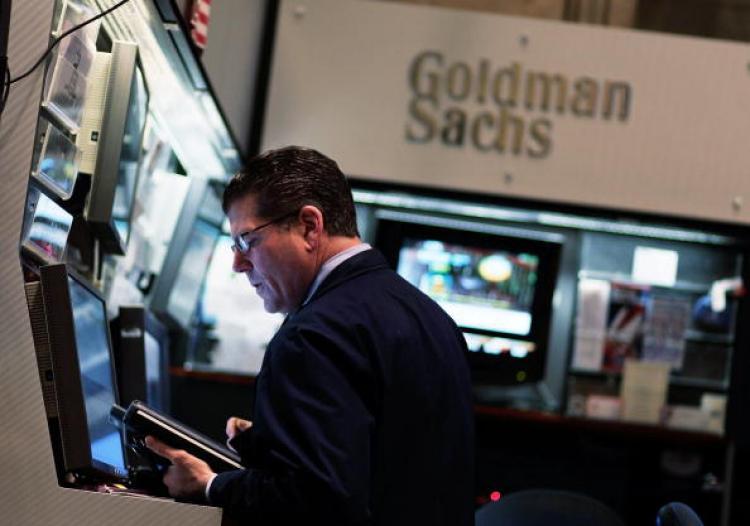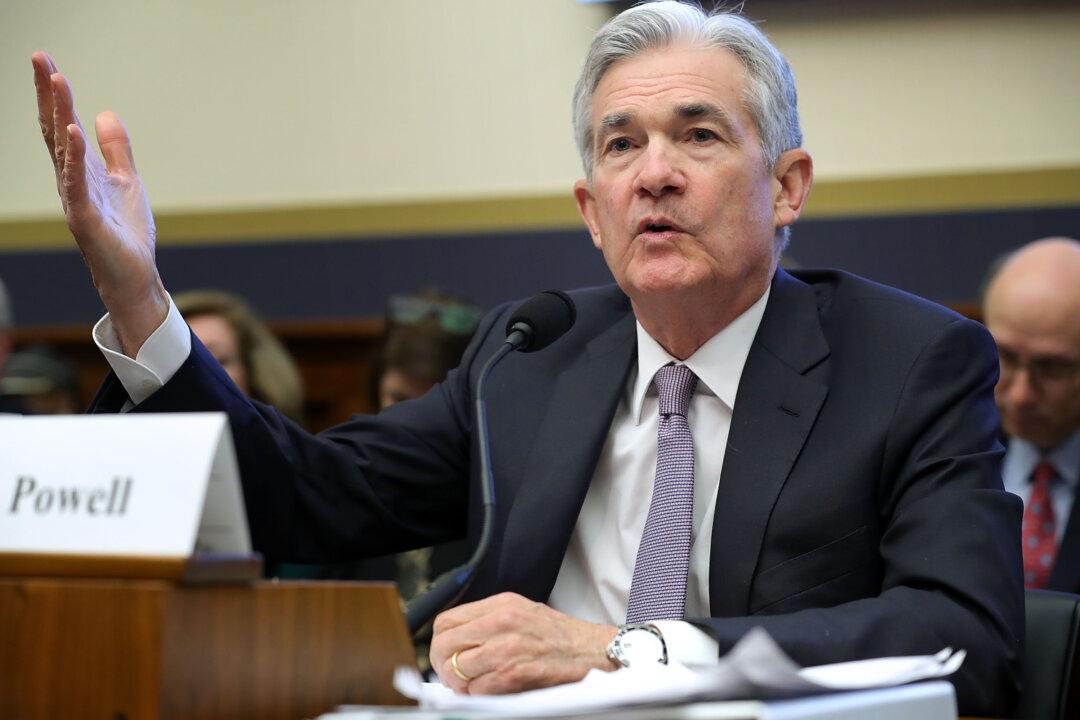As major central banks turn off the Electric Kool-Aid drip of easy money, we will soon find out whether the promise of growth is real in a world with equally real—i.e. not zero—interest rates. This question of how fast the U.S. economy can grow without near-zero short-term rates is really the first consideration when assessing macro market risk.
If you believe the current leaning of the Federal Open Market Committee, we are almost assured to see the convergence of GDP growth rates and Fed funds, with some more rate hikes this year and next.





